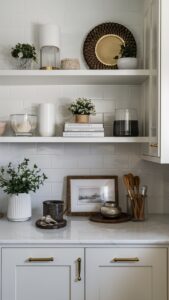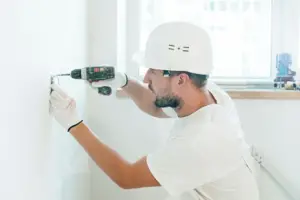Interior design is more than just making a space look beautiful; it’s about functionality, balance, and personalization. Every well-designed space follows fundamental principles such as proportion, harmony, and contrast. Whether you’re revamping a single room or redesigning an entire home, understanding these basics is key.
Pro Tip: Always start with a focal point in the room. This could be a piece of art, a unique piece of furniture, or even a fireplace. Build your design around this feature for a balanced and cohesive look.
Secret Insight: Many people overlook the importance of negative space. Leaving some areas unoccupied can enhance the aesthetic appeal by preventing overcrowding and allowing the eyes to rest.

2. The Power of Color Psychology in Interior Spaces
Colors have a profound impact on our emotions and can completely transform the feel of a room. Warm colors like red and orange create an energetic atmosphere, while cooler tones like blue and green promote calmness and relaxation.
Tip: When choosing colors, consider the function of the room. Bedrooms benefit from soft, muted tones, while dining areas can handle bold, lively hues.
Secret Insight: Use the 60-30-10 rule for a balanced color scheme—60% dominant color (walls), 30% secondary color (upholstery), and 10% accent color (decor).
3. Choosing the Right Furniture for Function and Style
Furniture selection is crucial in defining the aesthetics and usability of a space. Choosing pieces that complement the overall theme while offering practical functionality is key.
Pro Tip: Invest in high-quality staple pieces like sofas and beds, while mixing in budget-friendly accent furniture for versatility.
Secret Insight: Multi-functional furniture, like storage ottomans and foldable desks, can help maximize both aesthetics and utility in smaller spaces.
Like Us on Facebook!
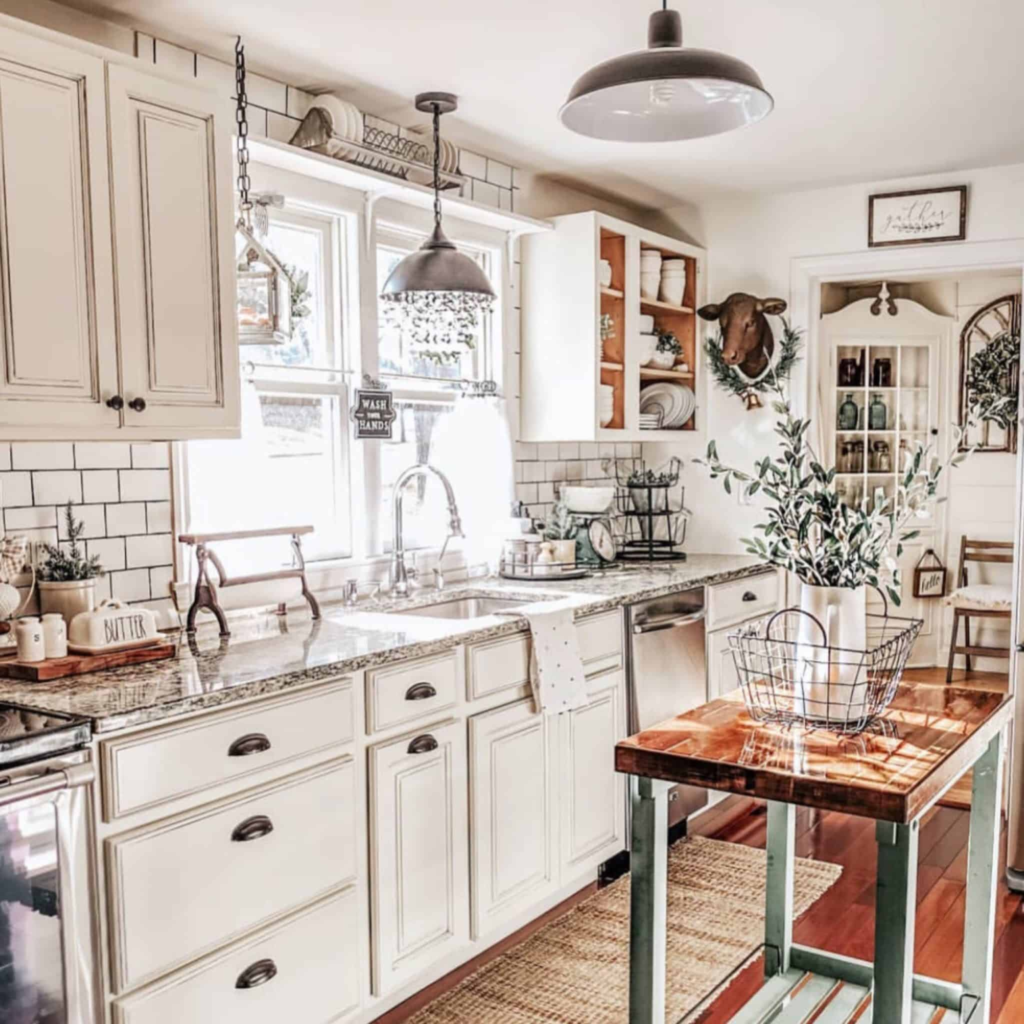
4. Preparing Your Home for Exterior Painting
Preparation is the foundation of a flawless paint job. This includes cleaning surfaces, scraping off old paint, sanding rough areas, and applying a primer. Proper preparation ensures better adhesion and extends the lifespan of the paint.
Subscribe Us on YouTube!
Secret Insight: Many homeowners skip priming, but it is crucial for porous or previously unpainted surfaces. A good primer can enhance color vibrancy and improve paint durability.
5. Color Selection: Finding the Perfect Shade
Choosing the right color involves considering architectural style, neighborhood aesthetics, and personal preferences. Light colors reflect heat and can make a home appear larger, while darker shades add a bold, sophisticated look.
Pro Tip: Test paint swatches on different areas of your home’s exterior and observe them at different times of the day before making a final decision.
6. The Role of Primers in Achieving a Professional Finish
Primer acts as a bonding agent, ensuring the paint adheres well to the surface. It also helps cover stains, improves color uniformity, and enhances durability. Skipping primer can result in peeling or uneven finishes.
Secret Insight: If you’re changing from a dark to a light color, use a tinted primer to reduce the number of topcoats needed.
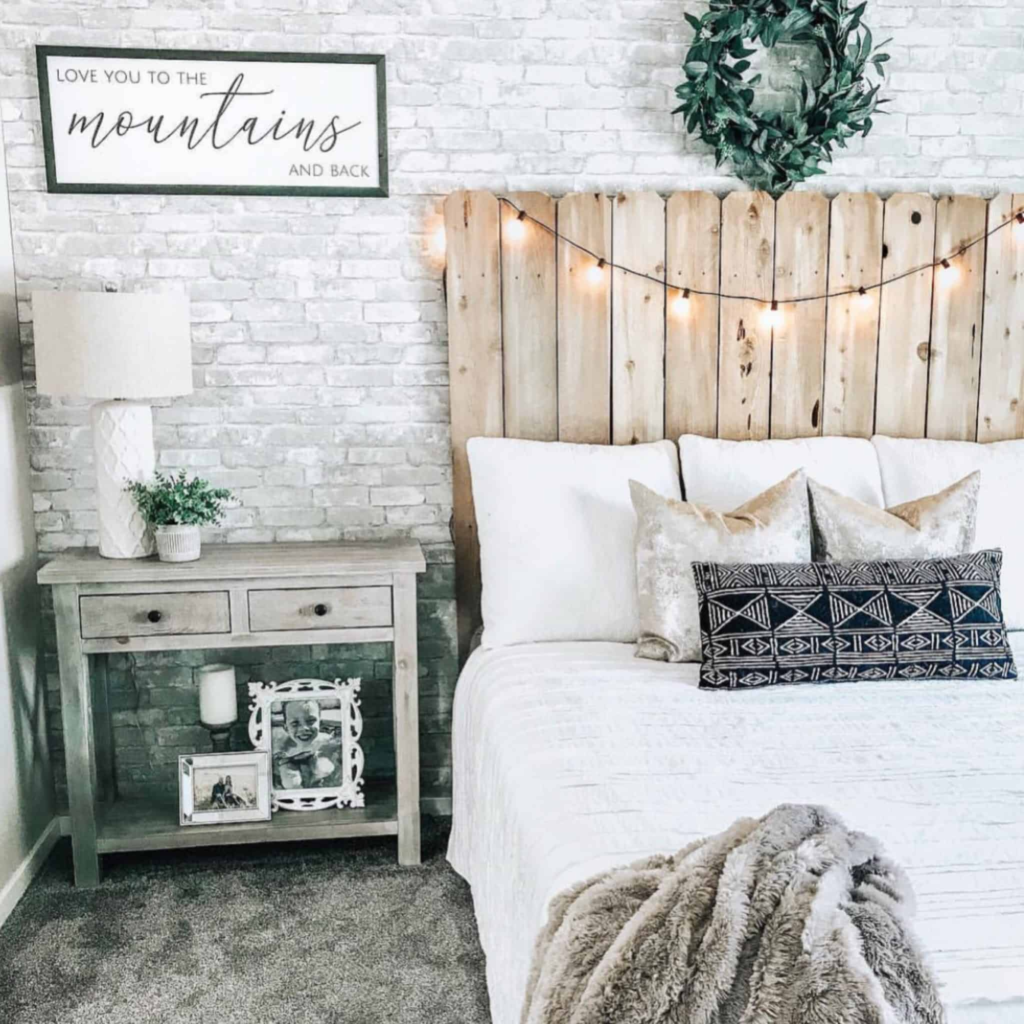
7. Techniques for Achieving Smooth and Even Coats
Professional painters use strategic techniques like back-brushing, rolling in a ‘W’ pattern, and maintaining a wet edge to prevent lap marks. Multiple thin coats are better than one thick coat for even application.
Pro Tip: Always use high-quality brushes and rollers for a smooth finish. Cheap tools often leave visible strokes and uneven layers.
8. Understanding Different Paint Finishes and Their Effects
Flat finishes hide imperfections but are harder to clean, while semi-gloss and gloss finishes are more durable but highlight surface flaws. The right finish depends on the area being painted and your maintenance preferences.
Secret Insight: A satin finish is often the best choice for exteriors—it offers a slight sheen, is easy to clean, and provides excellent durability without being too glossy.
9. How to Extend the Lifespan of Your Exterior Paint Job
Regular maintenance, such as washing the exterior and inspecting for cracks, can extend the life of your paint job. Touch-ups should be done as needed to prevent small issues from worsening.
Pro Tip: Apply a protective sealant over painted surfaces in high-exposure areas to enhance durability against sun and moisture.
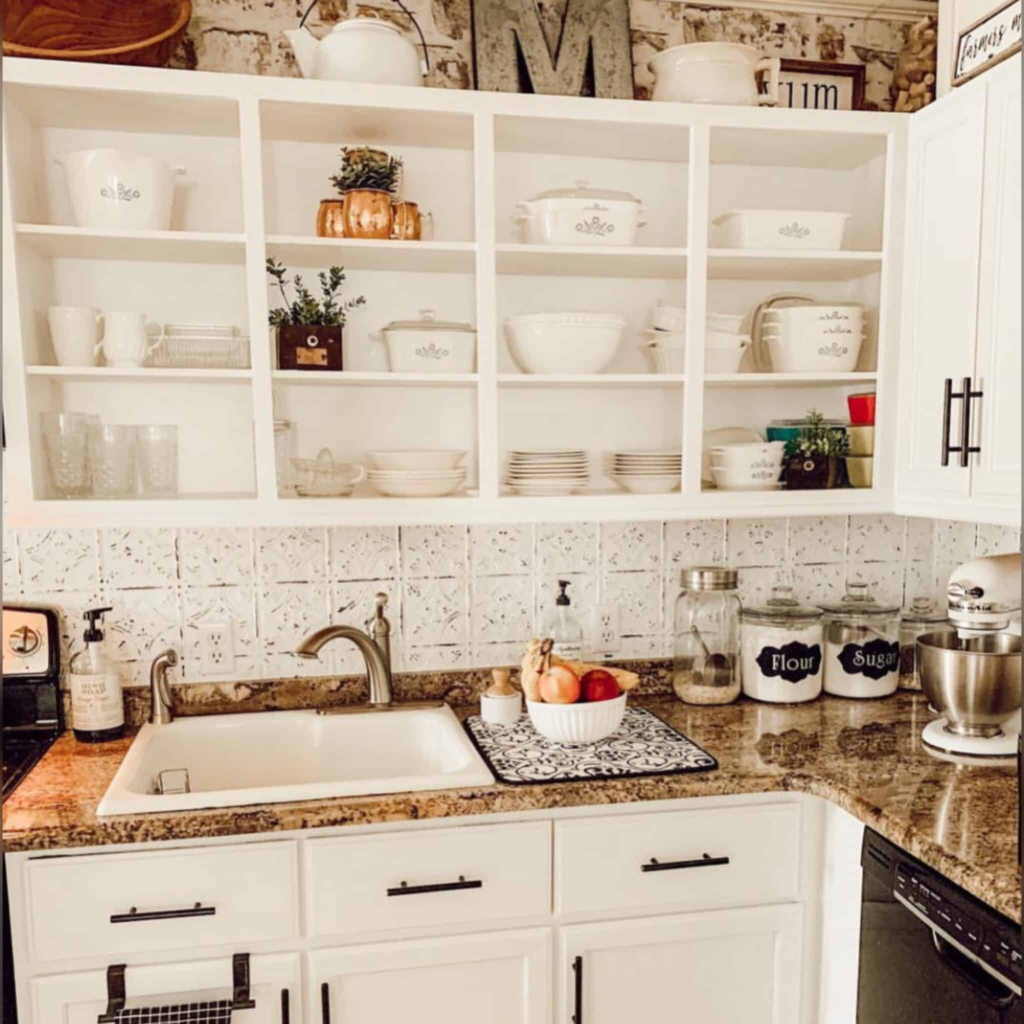
10. Common Mistakes to Avoid When Painting Your Home’s Exterior
Some frequent mistakes include painting in direct sunlight, skipping surface preparation, and not allowing proper drying time between coats. These errors can lead to premature peeling, streaking, and uneven finishes.
Secret Insight: Always follow the manufacturer’s recommendations on drying times and recoat intervals to achieve a long-lasting finish.
11. The Cost of Professional Exterior Painting: What to Expect
The cost depends on factors like surface size, labor rates, paint quality, and required repairs. On average, a professional exterior paint job ranges from $3,000 to $8,000 for a typical home.
Pro Tip: Get multiple quotes from reputable painters and ask for a breakdown of material and labor costs to ensure transparency.
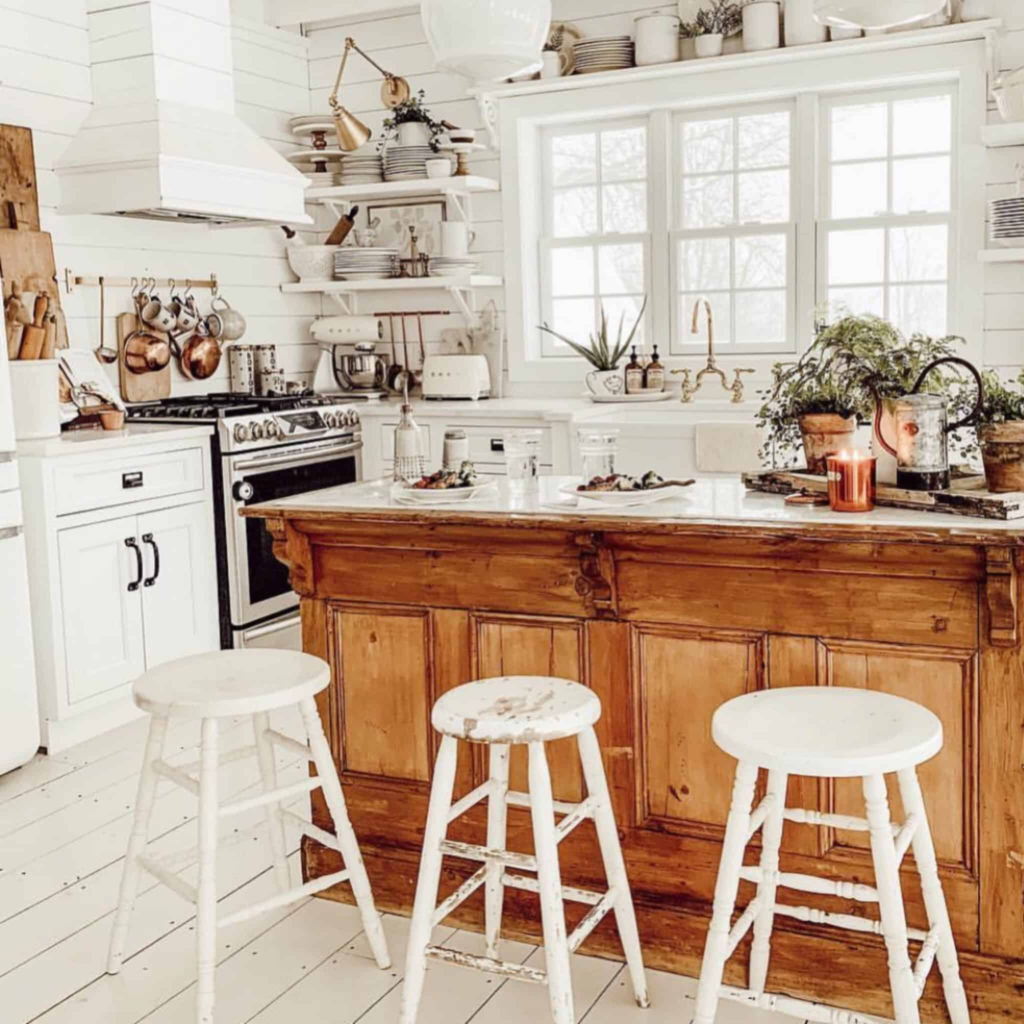
12. The Importance of Using High-Quality Painting Tools
Using professional-grade brushes, rollers, and sprayers ensures an even coat, reduces paint wastage, and provides a smoother finish. Cheap tools can leave bristle marks and uneven textures.
Secret Insight: A high-quality synthetic brush is best for water-based paints, while a natural bristle brush is ideal for oil-based paints.
13. The Science Behind Paint Drying and Curing
Drying and curing are two different processes. Paint may feel dry to the touch in a few hours, but it takes weeks to cure fully. Curing ensures the paint reaches its maximum hardness and durability.
Pro Tip: Avoid washing or touching freshly painted surfaces for at least two weeks to allow proper curing.
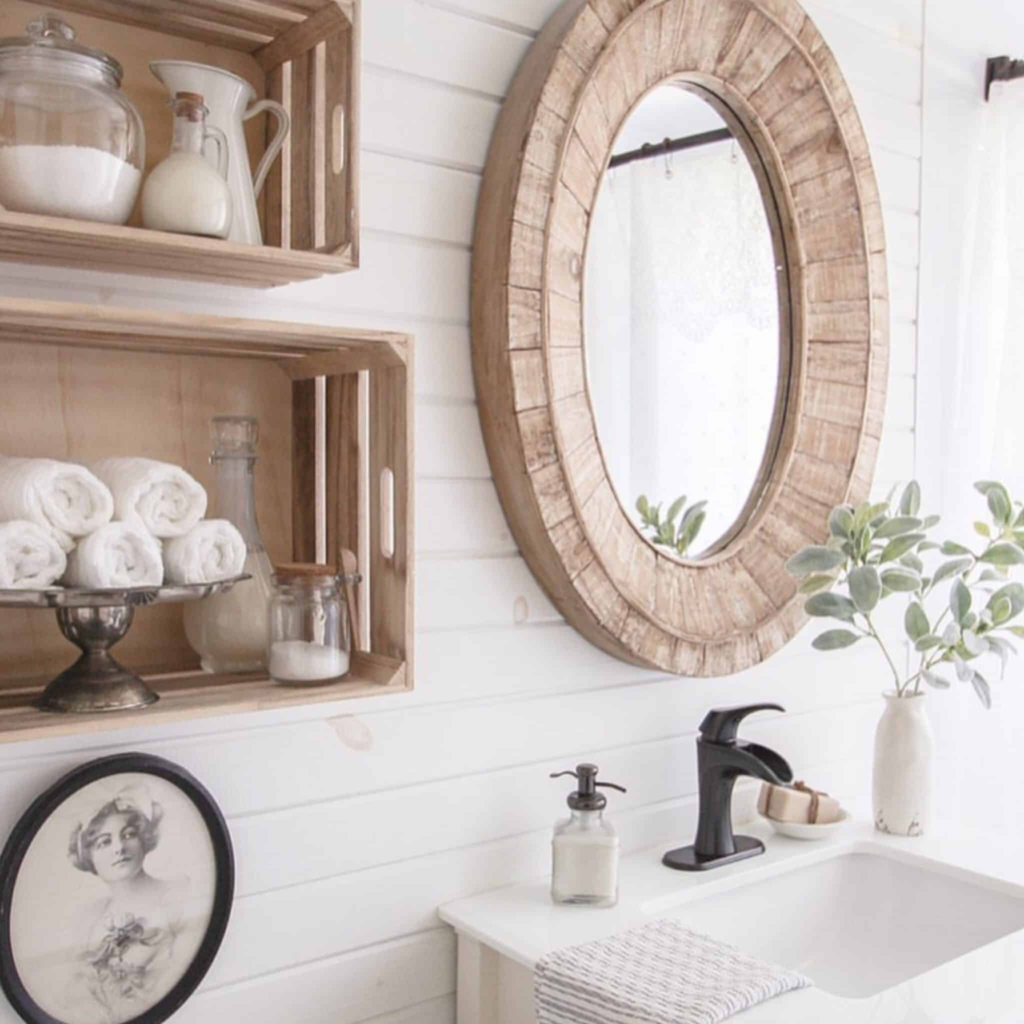
14. Eco-Friendly and Low-VOC Paint Options
Low-VOC and zero-VOC paints minimize harmful emissions, making them safer for the environment and your family. They are especially recommended for homes with children, pets, or respiratory sensitivities.
Secret Insight: Some eco-friendly paints also contain antimicrobial agents that help prevent mold and mildew growth.
15. How to Maintain a Freshly Painted Exterior
Regular washing, avoiding harsh cleaning chemicals, and immediate repairs of any damage will keep your exterior paint looking fresh. Annual inspections help catch potential issues early.
Pro Tip: Use a gentle soap and a soft brush to clean painted surfaces instead of pressure washing, which can strip away paint layers.
16. Professional vs. DIY Exterior Painting: Pros and Cons
While DIY painting can save money, professionals bring expertise, efficiency, and high-quality results. DIY projects often take longer and require special equipment.
Secret Insight: If you opt for DIY, invest in a paint sprayer for large surfaces to achieve a smooth, even finish without brush strokes.
17. How to Hire the Right Painting Contractor
Check for licensing, insurance, customer reviews, and past project portfolios when hiring a contractor. Ask for written estimates and a contract detailing the scope of work.
Pro Tip: Request references from previous clients and visit completed projects to assess the quality of work firsthand.
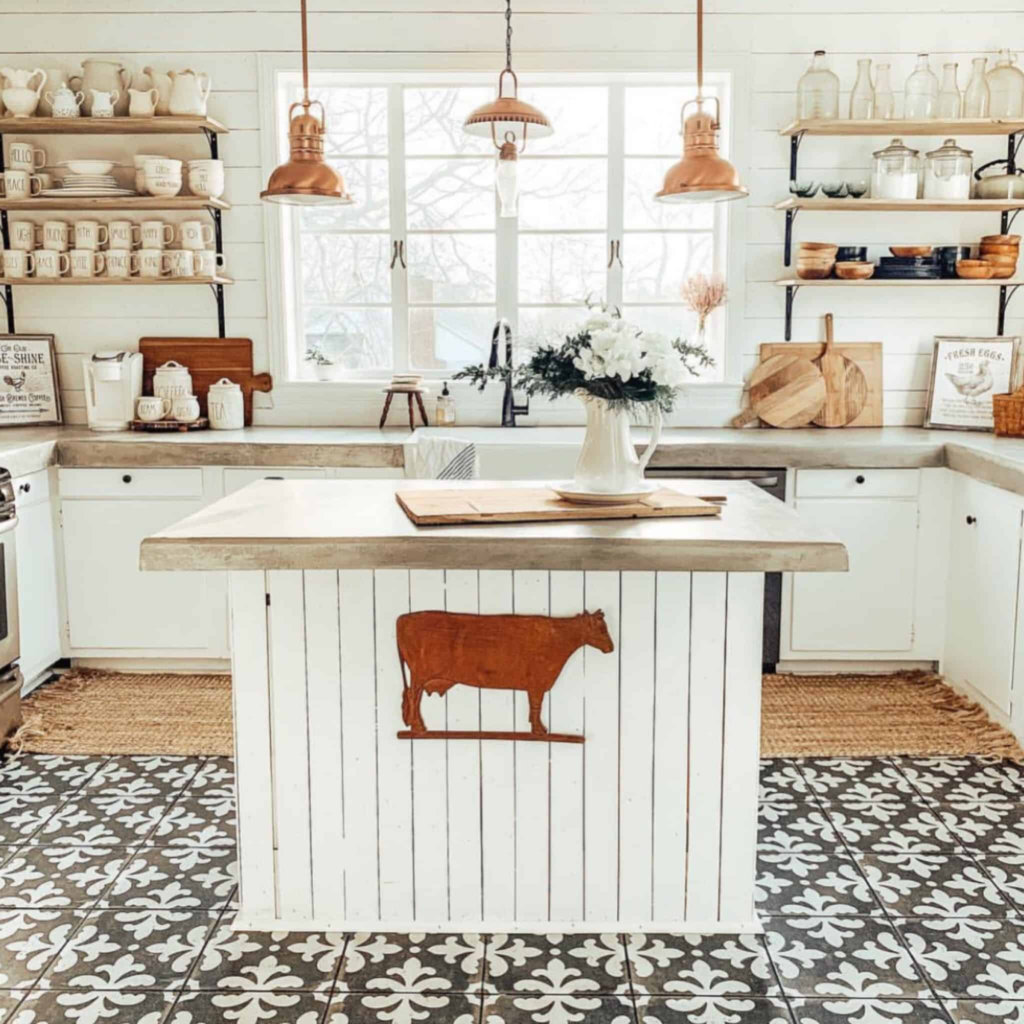
18. Handling Touch-Ups and Repairs After the Job
Minor damages and weather exposure can lead to chips and cracks. Keep leftover paint for touch-ups and address repairs promptly to maintain aesthetics.
Secret Insight: Use a small artist’s brush for minor touch-ups to blend them seamlessly with the existing paint.
19. Trends in Exterior Home Painting for Modern Looks
Popular trends include bold front door colors, contrasting trim, and earthy tones. Matte finishes and textured paint effects are also gaining popularity.
Pro Tip: Choose timeless colors that complement your home’s architecture rather than following short-lived trends.
20. How Painting Enhances Curb Appeal and Home Value
A fresh coat of paint significantly improves curb appeal, making a home more attractive to buyers. Homes with well-maintained exteriors tend to sell faster and at higher prices.
Secret Insight: Neutrals and classic colors tend to have the broadest appeal in the real estate market.
Conclusion
Interior design is a blend of creativity, functionality, and strategic planning. By following these expert tips, insights, and secrets, you can create a home that reflects your personality while ensuring comfort and style. Whether you’re making small changes or doing a full home makeover, these principles will guide you toward a beautifully curated space.
Final Pro Tip: Always design with longevity in mind. Choose timeless pieces and add trendy elements through decor and accessories that can be easily swapped out.








